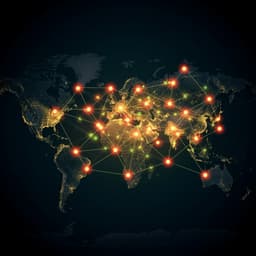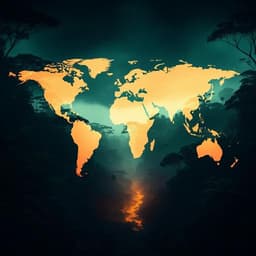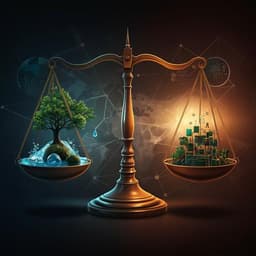
Environmental Studies and Forestry
The shift of phosphorus transfers in global fisheries and aquaculture
Y. Huang, P. Ciais, et al.
Research conducted by Yuanyuan Huang and colleagues reveals that global fish production is reshaping phosphorus flows, posing challenges for aquaculture. With significant phosphorus usage in aquaculture, meeting future efficiency goals by 2050 will require innovative solutions.
Playback language: English
Related Publications
Explore these studies to deepen your understanding of the subject.







